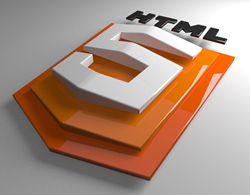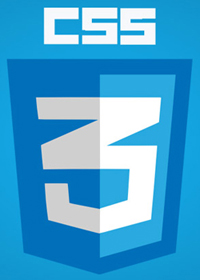
HTML5 provides the unique possibility to get the new characteristic components and elements that appear in the result of the modern websites usage. In the cases of the ordinary usage of the generic blocks and inline elements, the part of these components and elements serve the purpose of the semantic substitutions.
HTML5 is the next major revision to HTML. It was first drafted in 2004, and six years later, it’s still in “Working Draft Status”! This is because 1 W3C traditionally moves slowly, and 2 HTML5 is an ambitious project introducing many new components to HTML. But not to worry, parts of HTML5 have already stabilized and have been implemented by most major browsers.
Some prominent changes include the introduction of new HTML5 tags and attributes, drag and drop, as well as new APIs that extends the capabilities of a web browser such as Web Storage and Web Sockets.
Besides, the HTML5 syntax is an independent syntax and has nothing to do with the SGML even regardless some resemblance of the markup. This peculiarity has intentionally been designed with the aim to provide the backward compatibility with the hierarchical analysis of the previous HTML versions. The new opening line of the HTML5 version, that has some similarities with the SGML document type declarative statement, corresponds to the rendering mode that fully meets the required standards. On January 5, 2009, the HTML5 developers implemented WHATWG specification, Web Forms 2.0, which had earlier been the separate specification.

Cascading Style Sheets (CSS) offer increased flexibility in the presentation of website content. In essence, it just makes everything prettier. Although CSS3 isn’t supported by all browsers yet, it’s becoming increasingly popular because it makes these changes so much easier than trying to get the same effect using something like a JavaScript plug-in or creating slightly different versions of the exact same image.
Although Internet Explorer is known for bugs, CSS can still be incorrectly interpreted by Firefox or Chrome. As such, some web designers have created different CSS codes to be sent to different browsers, or use filters to cut off CSS delivery completely.
CSS3 offers some exciting new features to enhance the appearance of a website. Although these features might not be absolutely necessary to the functionality of a website, users are coming to expect a website to look awesome as well as operate cleanly.
Some features, such as menus, are necessary in almost any website. With CSS3, the functionality and aesthetic appeal increases exponentially. Submenus upon hovering, horizontal menus, menus with rounded edges, submenus with tabs, submenus with descriptions, and menus with submenus with rounded edges with descriptions on hover are now all possible with some tweaking. Users will appreciate the ability to see a little more of what that page is about before potentially wasting loading time.